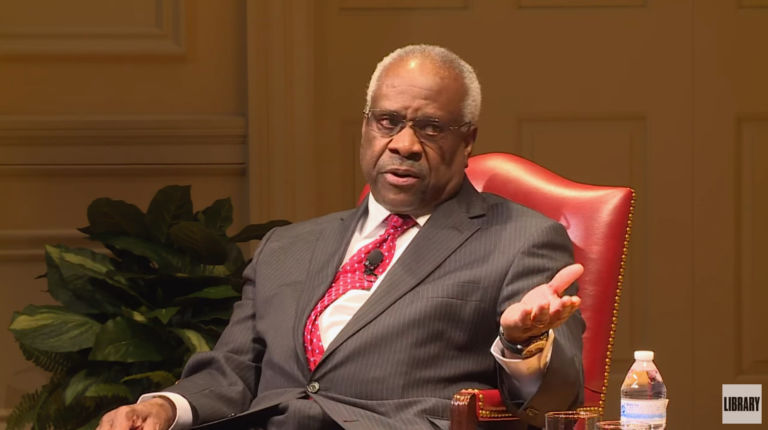If you’ve been following the news, you know that there is a proposed $1.9 billion bond for statewide school construction that would go the ballot in 2020. But here in Guilford County, there is a proposed $1.5 billion bond that would also go on the ballot, perhaps in 2020. GCS superintendent Sharon Contreras—-as you can probably imagine—pitched the bond to county commissioners as “an investment.”
I don’t need to tell you that almost $3.5 billion is a (blank) load of money, and it would be reasonable to wonder if it’s not overkill, especially where Guilford County is concerned. But Rhino Times editor John Hammertook a close look at GCS’ share of the proposed statewide bond and concludes that it “goes beyond being unfair, it’s insulting.”
It’s not just Wake and Mecklenburg that get a lot more money per pupil than Guilford. If you look at the neighboring counties Guilford fairs far worse than most on a per pupil basis. Alamance with 23,000 students gets $16.3 million. Davie with 6,000 students gets $10 million. Davidson with 19,000 students gets $14 million. Randolph with 17,000 students gets $20 million. Rockingham with 12,000 students gets $14.3 million. And Forsyth with 54,000 students gets $10 million.
Forsyth is the only county even close to Guilford in per pupil allocation and it still will receive more per pupil than Guilford.
It actually appears from looking at the entire list of school systems that the formula was devised to give Guilford County Schools the lowest per pupil allocation in the state. Maybe it’s not the lowest but it’s got to be close.
….A study recently completed for Guilford County Schools identified $1.5 billion in construction needs. For the state to officer $12.6 million to help with that goes beyond being unfair, it’s insulting.
I don’t disagree, considering Guilford County anchors an entire region of the state that is sorely hurting in economic development. So you have to wonder how–and when— Guilford’s proposed $1.5 billion bond will be presented to voters. Let’s face it— the “optics” of $3 billion in bonds–even if they can be voted on separately—-might not look good to voters.


